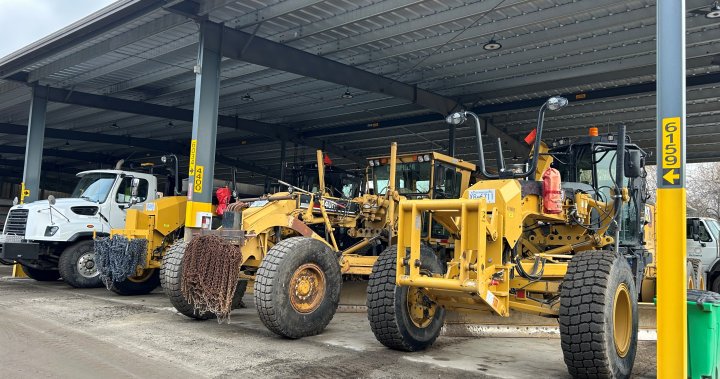Paragraph 1: The Okanagan Valley’s Viticultural Recovery
The vineyards of the Okanagan Valley in British Columbia, Canada, are on a path to recovery after enduring a devastating cold snap in the winter of 2024. Tantalus Vineyards in Kelowna, a prominent winery in the region, experienced significant damage to its vines due to the extreme cold. Winemaker Dave Paterson describes the current season as a "respite year," crucial for the vines to heal, regain their strength, and resume healthy growth. The catastrophic cold snap of the previous year, with temperatures plummeting to a bone-chilling -30°C, had decimated entire grape crops across the Okanagan, causing widespread concern and economic hardship for the region’s wine industry.
Paragraph 2: A Mild Winter Offers Hope
This winter season, however, has presented a stark contrast to the previous year’s harsh conditions. The Okanagan Valley has experienced a significantly milder winter, offering a glimmer of hope for the vineyards. The lowest temperature recorded so far has been -3.9°C, a stark difference from the crippling -30°C experienced last year and even milder than the typical average low of -8°C for this time of year. This milder weather pattern is a welcome reprieve, allowing the damaged vines to recover without the added stress of extreme cold. Winemakers and vineyard owners are cautiously optimistic, hoping that these favorable weather conditions will persist throughout the winter and into the crucial growing season.
Paragraph 3: Temperatures and Precipitation Deviations
The mild winter in the Okanagan Valley isn’t just characterized by warmer-than-usual low temperatures. Daytime highs have also been above average, contributing to the overall milder conditions. Global News meteorologist Peter Quinlan reports that Kelowna’s temperatures have been approximately 2.8°C warmer than normal this winter. While last winter also saw higher-than-average temperatures after the extreme cold snap, the current trend is a positive sign for the region’s agriculture. However, the possibility of sudden cold snaps, similar to the one experienced in January 2024, cannot be entirely ruled out, highlighting the unpredictable nature of winter weather patterns.
Paragraph 4: Snowfall Scarcity and Its Implications
In addition to the milder temperatures, the Okanagan Valley has also experienced a significant decrease in snowfall this winter. Kelowna, a central hub in the region, has seen minimal snowfall, leading to a starkly different winter landscape compared to previous years. Snow removal crews and equipment have remained largely idle, a testament to the unusually low snowfall. Geert Bos, department manager of infrastructure operations for the City of Kelowna, confirms the minimal snowfall, noting that only a couple of small events toward the end of 2024 required any snow removal response. This reduced snowfall, while unusual, has contributed to the overall ease of navigating the winter season.
Paragraph 5: Embracing the Mild Weather
The milder-than-normal winter conditions have provided a welcome opportunity for Okanagan residents to enjoy the outdoors. Many are taking advantage of the pleasant weather to engage in activities typically curtailed by snow and cold. James Chester, a Kelowna resident, expresses the common sentiment of relief from "cabin fever," emphasizing the joy of being able to spend more time outdoors. Another resident, Khoa Nguyen, highlights the unique situation where ski resorts are receiving ample snowfall while the valley bottom remains relatively snow-free, creating a "best of both worlds" scenario for outdoor enthusiasts.
Paragraph 6: Anticipated Cooldown and Long-Term Outlook
While the current mild weather is a welcome respite, forecasts predict a cooldown in the coming week, with temperatures expected to dip into the minus single digits during the day and potentially into the minus double digits overnight. While this shift represents a return to more typical winter temperatures, the previous mild period has provided a much-needed recovery opportunity for the region’s vineyards. The longer-term impact of the 2024 cold snap on the wine industry remains to be seen, but the current mild winter provides a foundation for renewed growth and a hopeful outlook for the future. The contrast between the devastating cold of the previous year and the current mild conditions underscores the vulnerability of agriculture to extreme weather events and the importance of resilience and adaptation in the face of climate variability.










